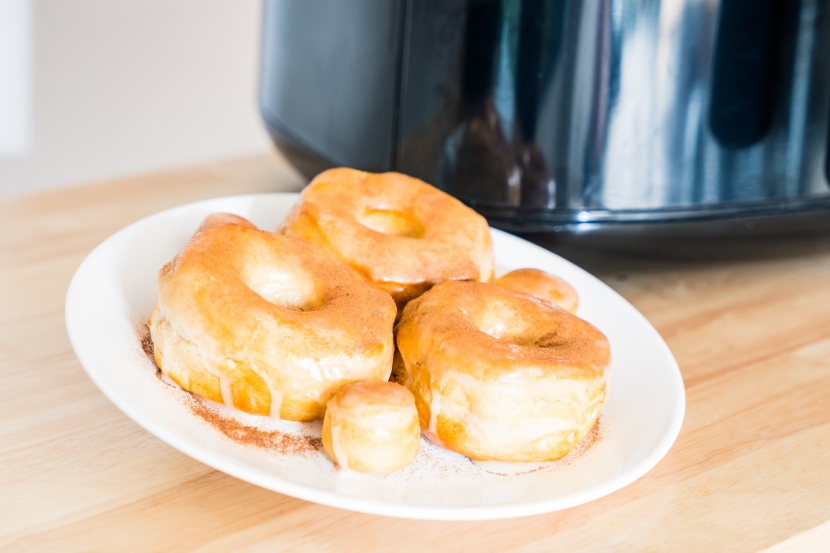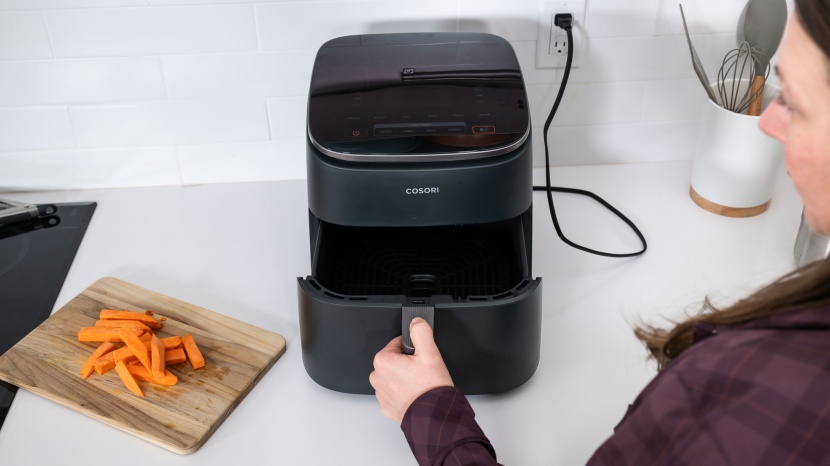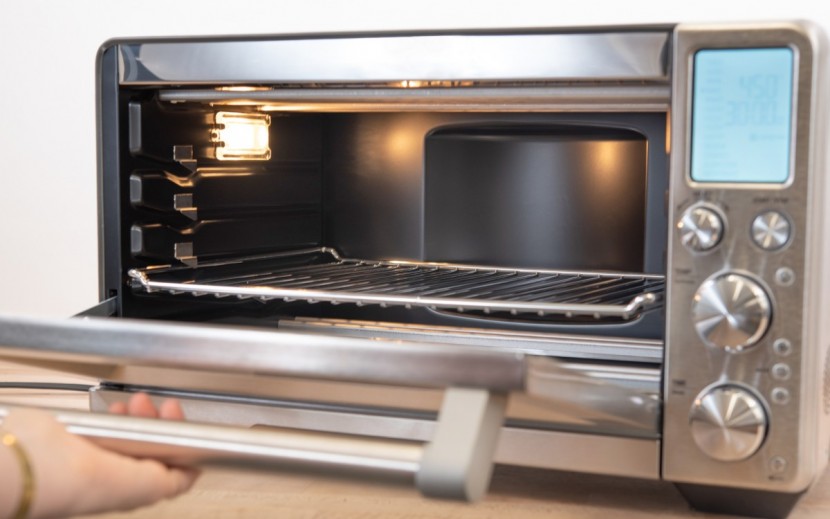To find the best air fryer, we scoured the internet and talked to kitchen professionals; we then whittled our list down to the cream of the crop and purchased each model. Then, we made copious amounts of fries, tater tots, chicken wings, and salmon. After gorging on what felt like 10 Thanksgivings' worth of food and all the cooking and cleaning that bookended said feast, we ranked each fryer based on performance in four metrics.
Cooking Quality
We focused on four foods: salmon, tater tots, chicken wings, and French fries. This lineup covers all the bases with deep-frying staples, meat, and frozen items.
We made these foods on the assembly line, doing a single batch in one fryer and then moving on to the next. This ensured that all ingredients were in the same condition when they entered each cooker. To the same end, we prepped each recipe in a large batch and then cooked parts in each model. We generally cooked each item using the same settings in each fryer unless the manufacturer had any special recommendations for prepping a certain food type. In those cases, we followed the manufacturer's recommendation.
After the food was cooked, we had a panel of taste testers eat each item, rating each on its relative crispiness, evenness, overall texture, and general yumminess.
Cooking Speed
We evaluate cooking speed by timing how long each air fryer takes to prepare two different food types to optimal doneness: tater tots cooked to golden brown perfection and salmon fillets cooked to the USDA-recommended temp of 145 degrees Fahrenheit.
Our testing protocol includes measuring both preheat time and actual cooking time, giving us a complete picture of how long you'll wait from the moment you turn on the air fryer until your food is ready to serve. We check food before the recipe's recommended cooking time and then at two-minute intervals to catch the exact moment of perfect doneness, ensuring we capture accurate timing data rather than relying on preset cooking instructions that may not reflect real-world results.
While speed is certainly convenient, we've learned through extensive testing that the fastest air fryers don't always deliver the best results. An air fryer that cooks tater tots in eight minutes when the recipe calls for 10 to 12 minutes is likely to burn your food if you follow standard timing guidelines. That's why our scoring weighs cooking quality equally with speed — we want to identify air fryers that cook efficiently without sacrificing food quality. The best performers in our tests find the sweet spot between reasonable cooking times and consistent, delicious results, giving you both convenience and confidence that your food will turn out perfectly every time.
Temperature Accuracy
In determining temperature accuracy, we used two calibrated cooking thermometers. For each test, we placed both thermometers into the fryer, set it to 300 degrees, and allowed a healthy 20 minutes to preheat. We then checked the temperature on both thermometers (they always matched, ensuring both were correctly calibrated). We repeated the process, setting the temperature at 350˚, 375˚, and 400˚, allowing five minutes for the cooker to get up to each new temperature. The bigger the discrepancy between our thermometers and the set temperature on the cooker, the lower the score. The closer together those two numbers were, the higher the score. We also measured the exterior temperature for those who prefer their fryer to have a cooler surface temp.
For this, we heated each unit to 400˚ for 20 minutes and then recorded the temperature on the front of the machine. We set an ideal threshold of 140 degrees Fahrenheit.
Ease of Use
We evaluated the presets and user-friendliness of each appliance. Many of these fryers also double as dehydrators or have multiple cooking modes, so easily navigating through settings is necessary. We removed each fry basket to check how easily it slid in and out of each machine for cleaning.
We assessed the number of cooking options and temperature settings each model offered. Surprisingly, some of these devices are somewhat limiting in their adjustability, which can be frustrating when searching for recipes.
We also looked at the ease of cleaning. We specifically paid attention to how easy it was to scrub each fry basket, whether or not there were any grooves or holes that would allow gunk to buildup, and what shape our sponges were in after cleaning (some fry baskets have a surprisingly cheese-grater-like quality to them). We also noted any parts that are safe in the dishwasher and areas that trap crumbs or debris.



